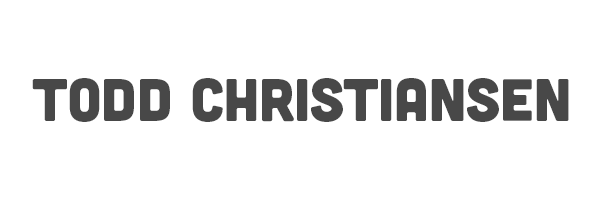Executive Insights
Getting the Most from TechnologyHere are a series of critical business insights and observations I’ve made throughout my career.
Insight
Business Value of Technology
For too long management teams have viewed Information Technology (IT) functions as second-rate participants in the business. This is often demonstrated by company reporting structures where the Chief Information Officer (CIO) or Chief Technology Officer (CTO) is not a full participant on the executive leadership team. As a result, people view the IT function as an internal service provider tasked with keeping the leaders of other functions happy. Since the CIO and his team play a key role in the effective execution of business operations, it is important to recognize the business value of technology. Companies that demonstrate the highest rates of return, success in innovation, and market resiliency are those that recognize the value of technology. They have CIOs that are as adept at developing a business strategy as they are a technology strategy and have an equal seat on the leadership team. The best companies recognize that technology is a key enabler of business growth and not just a cost center.
Insight
The Technology Team Is Not An Internal Vendor
To get the greatest value from a company’s technology, the IT organization must have a proper relationship with other functions within the company. Too often the technology team allows itself to be placed in a subservient ‘order taker’ role and becomes a service provider to other company functions. This is an unhealthy model as it puts the technology organization on an unequal footing that prevents innovation. Many technology teams need to recalibrate their mindset and demonstrate their ability to think about the broader business. Companies achieve the best results when it treats IT like an integral part of company success.
Insight
The Three-legged Stool
Many people are familiar with the three-legged stool used in olden times to milk cows. These stools are notoriously hard to balance on. Similarly, it is often difficult to balance the three legs of cost, quality, and speed in technology initiatives. People often think that you can optimize two but never all three, thus never achieving balance. Modern delivery practices are turning this assumption on its head. Agile methodologies such as Test-Driven Development (TDD), Continuous Integration (CI) and Continuous Deployment (CD) allows one to achieve a balance between all three – delivering higher quality, at greater speed, with lower costs.
Insight
Assessing the Value of Shiny Objects
The technical world is full of shiny objects, whether its new hardware (smartphones, tablets, RFI chips, etc.), software (cloud hosted solutions, niche solutions solving a specific business problem, etc.) or methodologies (Agile, TDD, CI/CD, etc.). Many organizations get caught in the trap of chasing shiny objects without fully assessing their value to their operations and bottom line. A CIO must establish the guidelines by which new solutions are measured. Before committing large sums of money, potential solutions should be put through a pilot/ proof of concept process to demonstrate their business value to the organization. Companies should only pursue solutions that demonstrate a positive return.
Insight
Data Does Not Equal Insights
Today’s business world is awash in data. Companies are generating, collecting and storing more data than ever before. Unfortunately, this does not always lead to the desired result – business insight. Getting to business insight requires a strong foundation of timely and accurate data, along with the ability to mine, interpret and present the information in a meaningful way. No single solution does this as neither structured nor unstructured data is relevant in all situations. Instead, deriving business insights from data requires close collaboration between the business and technical teams across the data lifecycle (generation – curation – use) to determine the best approach and achieve results.
Insight
The Adaptive Organization
Due to constantly changing technologies and potential solutions, it is important to have an adaptive technology organization. Continuous learning is vital to a technology organization as, without it, the organization will not be able to adopt better practices and solutions as they become available. A proper understanding of where the business is heading and what it takes to get there can provide a framework for identifying what the organization needs to learn. Developing proper incentives, establishing personal development goals, and reviewing business problem learnings can all help ensure the proper progression of the team.
Get In Touch
Boise, ID
(516) 238-1216
Toddc07@gmail.com
